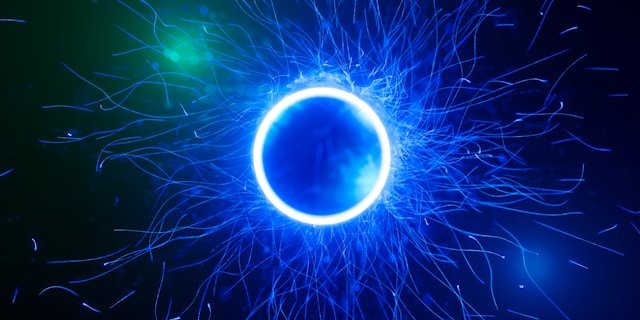Microsoft says it has made a breakthrough in the development of quantum computers. The tech giant’s new chip, Majorana 1, should be able to solve practical and vital problems in a few years.
Microsoft is using a new material for its quantum chip. The chip contains a ‘topological core’ and uses top conductors to make its qubits. These top conductors are in a topological state, meaning that they are not in the more familiar states of ‘solid, liquid, or gas’.
Microsoft has been working on the project for 17 years and is publishing a study about its new chip in the scientific journal Nature. Majorana 1 (named after theoretical physicist Ettore Majorana, who predicted the topological state almost a century ago) is said to be less prone to errors and thus also has the potential to contain millions of qubits. Currently, there are eight.
Qubits
These qubits are the essential component of quantum computing. Instead of traditional bits that indicate zero or one, a qubit can take on zero, one, or ‘superposed’ (both). The technology is seen as a possible alternative to traditional computing. When it is perfected, a quantum chip with millions of qubits and the necessary error correction could achieve unimaginable speeds in solving specific problems.
That’s why companies like IBM, Google and Microsoft have been working on this research for a few years. Depending on who you ask, it may be a while before we see quantum computers that can solve these big world problems practically. Jensen Huang, CEO of Nvidia, said in January that he doesn’t expect that to happen for another twenty years.
Million
Microsoft said it could now happen “in years, not decades.” The company believes that this new topological technology scales well and that a million-qubit quantum computer is within reach. That million (or even millions) of qubits is needed because things are volatile. A working quantum computer needs to incorporate error correction, usually by linking multiple qubits together so that their “state” can be probed. That also immediately multiplies the number of qubits needed.
You need millions of qubits to build a practical quantum computer that can handle heavier calculations. Google is driving the race for such a large chip, which released the Willow chip with 105 physical qubits in December. IBM released the Osprey chip in 2022, which uses a completely different technology and has a processor of 433 qubits. Microsoft’s Majorana 1 initially has 8 qubits but sees that number increasing in the future.
“Everything you do in quantum has to have a path to a million qubits,” said Chetan Nayak, a Microsoft technical fellow, in a statement. If it doesn’t, you’re going to hit a wall before you can scale up to solve the really important problems that motivate us. We’ve built that path to a million.”

